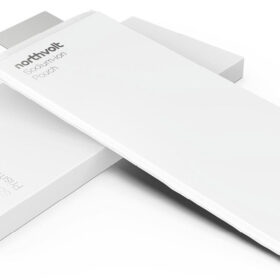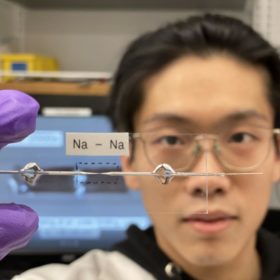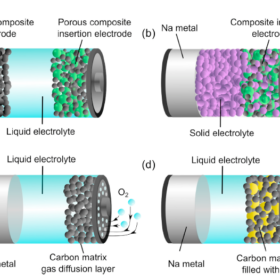Weekend Read: A battery worth its salt
While lithium ion battery prices are falling again, interest in sodium ion (Na-ion) energy storage has not waned. With a global ramp-up of cell manufacturing capacity under way, it remains unclear whether this promising technology can tip the scales on supply and demand.
A stable sodium battery, without the anode
Scientists in the U.S. demonstrated a sodium-ion battery with no anode, that retained 99.93% of its initial capacity per cycle. Their design was able to overcome many of the stability issues associated with using ‘pure’ alkali metals in batteries, thanks to carefully minimizing water content in the liquid electrolyte.
An optimistic – but realistic – perspective for sodium batteries
International researchers have analyzed the potential of sodium-based energy storage and found recent technical advances have arrived faster than those for the lithium-ion batteries which have been studied for three decades. Issues remain, however, before sodium constitutes a complementary option to lithium.
Graphene doping a step forward for sodium batteries
Scientists at Switzerland’s École Polytechnique Fédérale de Lausanne (EPFL) have developed an anode from graphene doped with sodium, which they say could potentially overcome some of the fundamental issues in increasing storage capacity and the lifetime of sodium-ion batteries.
For a bigger battery, just add manganese
Scientists at the University of Southern Denmark working with sodium-ion batteries found that a new electrode material incorporating iron, manganese and phosphorous could increase both the power and capacity of the batteries.





